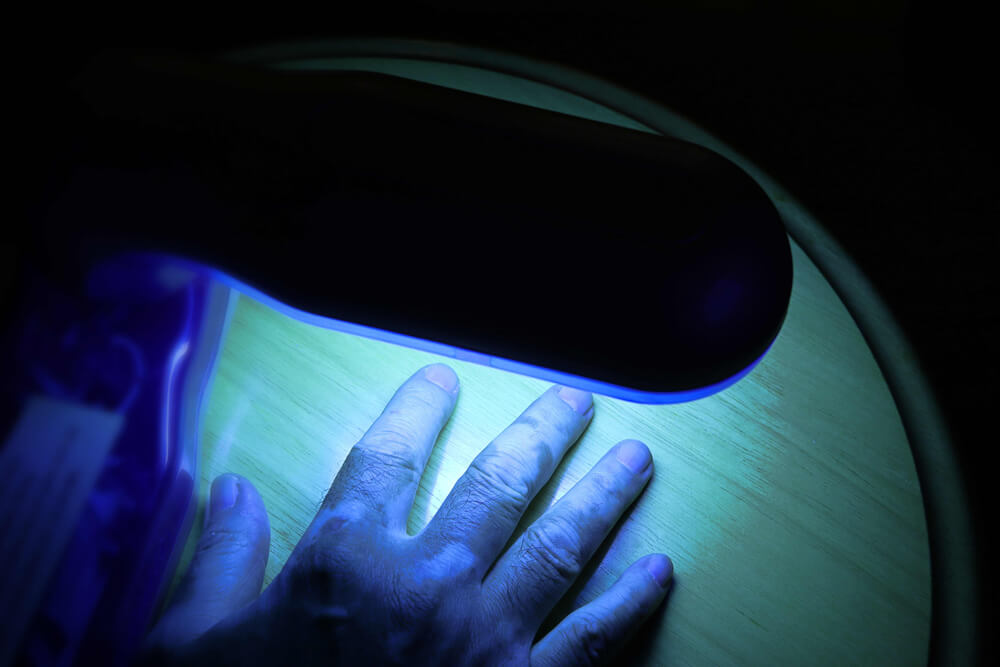Your skin is the largest and heaviest organ you have, and it plays a crucial role in your well-being. It not only shields you from heat, cold, infections, and hazardous substances, but it also serves as an indicator of your overall health. Unusual changes in the texture or tone of your skin might be a sign of a medical issue. Taking proper care of your skin and monitoring its health is essential.
Dermatologists are experts in keeping your skin healthy by diagnosing and treating various skin conditions. Additionally, they are trained to recognize certain skin manifestations that may point to underlying organ diseases or dysfunction. To properly diagnose and treat patients, dermatologists may perform specialized diagnostics and use treatments such as:
- Externally applied or injected medicines.
- Ultraviolet (UV) light therapy.
- A range of dermatologic surgical procedures, such as mole removal and skin biopsies.
- Cosmetic procedures, such as chemical peels, sclerotherapy, and laser treatments.
What procedures can dermatologists perform?
Common procedures include:
- Abscess (Boil) Drainage: The abscess/boil will be incised and drained. A sample of the pus will be taken for bacterial culture in order to determine the type of bacteria causing the infection. This allows the provider to prescribe the appropriate antibiotics, best fit to fight the bacteria.
- Electrodesiccation: Electrodesiccation is a minor procedure that heats the cells to remove their water content, destroying any signs of benign and/or precancerous growths. Using an electric current delivered through a needle-shaped electrode device, it superheats the lesion to cauterize it.
- Cryotherapy: Cryotherapy is a minimally invasive treatment that freezes skin-surface-level lesions using liquid nitrogen. A precise spray of liquid nitrogen (LN2) destroys the lesions and helps save areas around the lesion or growth to reduce scarring.
- Laser surgery: Laser surgery involves the surgical use of special light beams.
- Excision surgery: Excision surgery involves using a sharp knife (scalpel) to excise (remove by cutting) tissue with appropriate closures.
- Mole removal: A mole removal involves the partial or total removal of a mole from your body. A sample will be sent to the lab to study the mole for cancer or other skin diseases.
When should I make an appointment with a dermatologist?
Some of the more common symptoms for which you may want to see a dermatologist include:
- A patch of skin or a mole has changed in size, color, or shape
- Skin cancer
- Severe or persistent acne
- Rash
- Hives
- Scars
- Eczema
- Psoriasis
- Rosacea
- Dark spots on your face (hyperpigmentation)
- Long-lasting skin irritation
- Infections
- Warts
- Hair loss
- Nail disorders
- Signs of aging
- Varicose and spider veins







